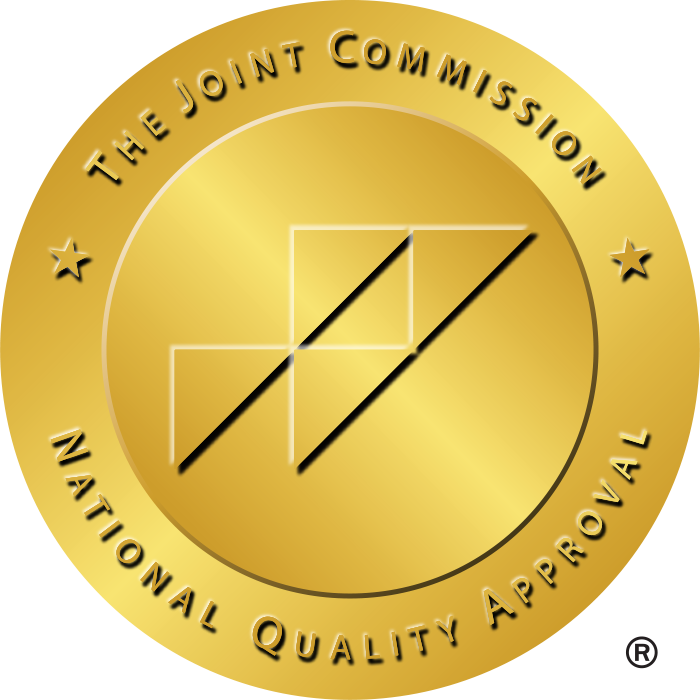Travel nursing is both demanding and rewarding because it requires specialty skill and adaptability to the ever-changing needs of different healthcare facilities. However, one cannot ignore the fact that constant travel, hectic timelines, and the pressure can be quite taxing and lead to burnout.
Burnout is not simply being tired; it is complete exhaustion that makes a person feel apathetic not only towards their work but also makes them question everything they’ve achieved so far.
This article is designed to help recognize the signs of burnout and provide actionable advice on how to handle it best so that there is no reason to stop loving what you do. Keep reading!
Understanding Burnout
Burnout occurs when you feel totally exhausted—emotionally, physically, and mentally—due to prolonged periods of stress. As a travel nurse, there are particular issues you face which make burnout more likely.
Shifting from one location to another can be quite draining. When these are combined with the emotional weight of caregiving and the isolation that comes with traveling, it is understandable why burnout is so frequent.
To cope with burnout, you need to recognize the symptoms first. Do you feel tired all the time or have trouble falling asleep? Perhaps you feel apathetic towards your colleagues or are in a general negative disposition towards tasks that you used to enjoy.
If this resonates with you, it might be best to take a break from everything and focus on what will be most helpful in maintaining your mental and physical well-being.
Strategies for Preventing Burnout
Maintaining a positive mental attitude as well as using approaches that promote your well-being should actively help in maintaining energy, as well as neutral stress. This in turn would help you maintain your love for work, especially in travel nursing.
The following actions should be practically attended to:
1. Prioritize Self-Care
Make sure to sleep sufficiently, eat healthily, and drink ample water. These, along with regular physical activity, will work wonders. Even small changes, such as walking or stretching during breaks, can make a difference to your mental and physical well-being.
Also, self-care includes taking time off to relax so make sure to do things you enjoy, such as reading, listening to music, or spending time with friends. Looking after one’s own interests ensures that there is enough focus and energy to manage the demands that travel nursing brings without feeling drained.
2. Set Realistic Goals and Boundaries
You need to understand what your limits are. There is no need to feel obliged to take on every assignment, particularly if it is overly demanding. Learn to say ‘no’ when your workload tips towards unsustainable levels. Remember to advocate for breaks, and time off to recharge.
Setting boundaries includes managing other people’s expectations. What is reasonable for you to achieve given the time frame so that you do not excessively apply stress to yourself.
3. Build a Support System
It does help to have people you can trust and turn to during hard times. Maintain relationships with family and friends, and do not shy away from video calls or texting. Sharing and encouragement have their place, and it is okay to want and seek them when needed.
Networking with other travel nurses can be very handy. Since they understand the various issues that are unique to you, they become reliable for advice, or when you simply need to let off some steam. Having a solid supporter makes you feel less alone, especially if you have to deal with the frequent highs, and lows that come with the job.
Coping Mechanisms for Managing Burnout
Although it can be difficult to manage burnout, it is possible to bring order back to your life. Below are some of the strategies that will help you cope with burnout:
1. Practice Stress Management Techniques
Always identify stressors in your life and learn how to deal with them. Employ relaxing practices such as yoga, meditation, and breathing exercises that help taut muscles and calm the mind. With such practices, you are most likely to remain calm and focused even at the back-breaking shifts.
You may also wish to incorporate quick relaxation methods in your schedule. Self paced deep breathing or progressive muscular relaxation techniques take only a few minutes but relieve stress effectively. What may appear insignificant effort on your part can make a great difference in your general well-being.
2. Seek Professional Help
If the symptoms of burnout become overwhelming, it is advisable to seek help. Counselors and therapists can offer solutions to some of these problems and provide much needed emotional support. These professionals know exactly how to help cope and recover in practical ways.
Most companies offer, as part of Employee Assistance Programs (EAP),counseled sessions. Using such programs helps you demonstrate commitment towards nurturing an emotionally and mentally healthy self.
3. Discover Hobbies and Interests Outside Work
Allocate time outside work to hobbies you enjoy such as reading, exploring, painting, and traveling. Such activities help you unwind and boost your creativity, encouraging you to face the demands ahead with renewed energy.
Engaging in leisure activities enables you to become more balanced because the chances of work related stress are lower. Whereas pursuing your interests reminds you that there is more to life, apart from work. Setting time aside for fulfilling activities is good for overall health.
Instead of focusing on overwhelming and unachievable goals, concentrate on constructive coping methods that will allow you to restore your energy, take full control of your life, and strengthen your well-being as a travel nurse.
Creating a Sustainable Travel Nursing Lifestyle
In order to create a successful career as a travel nurse, make sure to develop a lifestyle that protects your well-being to prevent burnout. Here are some ideas to consider:
1. Choose Assignments Thoughtfully
Your skill level is unique to you, so not every assignment will work for you. Be mindful of the workload, location, and length of the contract before taking the assignment. Be cautious when picking contracts; consider a mix of more demanding contracts alongside lighter ones.
It is critical that you actively filter the available positions to take on one that matches your expectations. Remember, each travel nurse has a unique journey, and a little bit of care in your choices can enhance your experience vastly.
2. Maintain a Positive Perspective
Without a positive approach, burnout is a possibility every travel nurse faces from time to time. Focus on the many rewards travel nursing has in store—professional development, a chance to visit diverse locations, and appreciating different cultures. Expressing gratitude for all things helps even when times are tough.
In those tough moments, take some time to remind yourself of how far you’ve come and what you have achieved. Positivity reminds us of the difference we are making through our work, so there is much this mindset could do to keep us motivated.
3. Invest in Professional Growth
Taking up new learning activities helps to remain involved in your job. Enroll in classes, workshops, or get certificates to help you enhance your skills and increase your career possibilities. You feel more confident and your job does not become boring.
Growth in the professional sense gives an assurance of success and helps in remaining positive with regards to your career’s next level. Acceptance of growth helps in making sure your travel nurse profession is something that will always be intriguing and full of opportunities.
Conclusion
Combating travel nurse burnout is a common challenge to most encounters, but it does not need to spell your life. Knowing early on the potential warning signals and the seamlessly changing working environment can help a lot in achieving this.
Make sure to invest some time in balancing personal life, controlling interactions, setting boundaries, while also remaining connected, and relieving stress to ensure a refreshed energy state. Milestones for each task are great means to achieve this. Lastly, staying positive pays a great deal when it comes to controlling prospects of professional growth.







